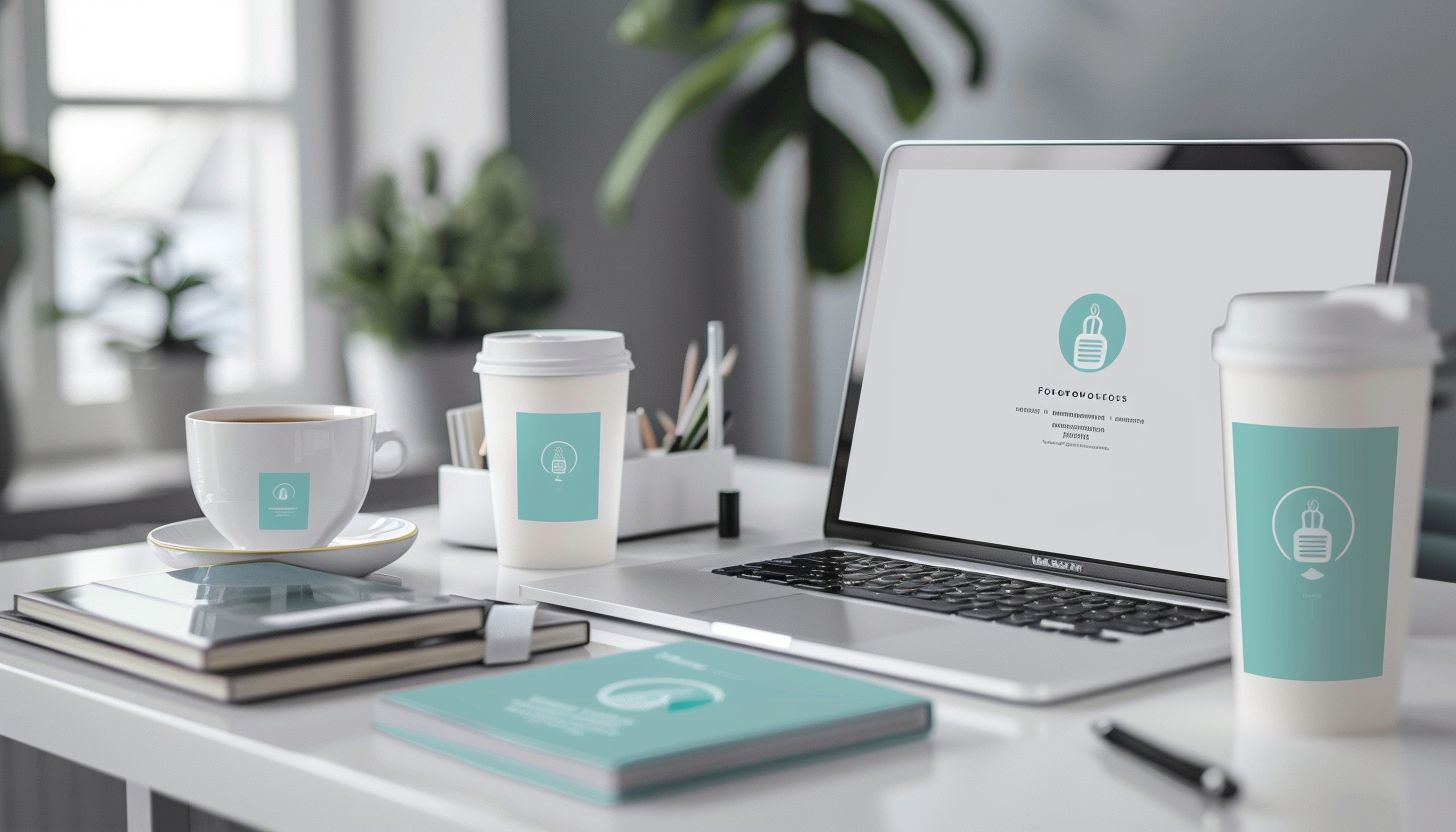Have you ever walked past a store, glanced at its logo, and instantly knew what brand it was? Or heard a jingle on TV and started humming along, even though you hadn’t heard it in years? That’s the magic of brand recognition!
Brand recognition isn’t just about looking cool instead, it’s a powerful tool that builds trust, creates loyalty, and drives sales. If people instantly recognize your brand, they’re more likely to choose you over competitors. And in today’s crowded market, standing out is everything. So, how do you make your brand unforgettable? Let’s dive in!
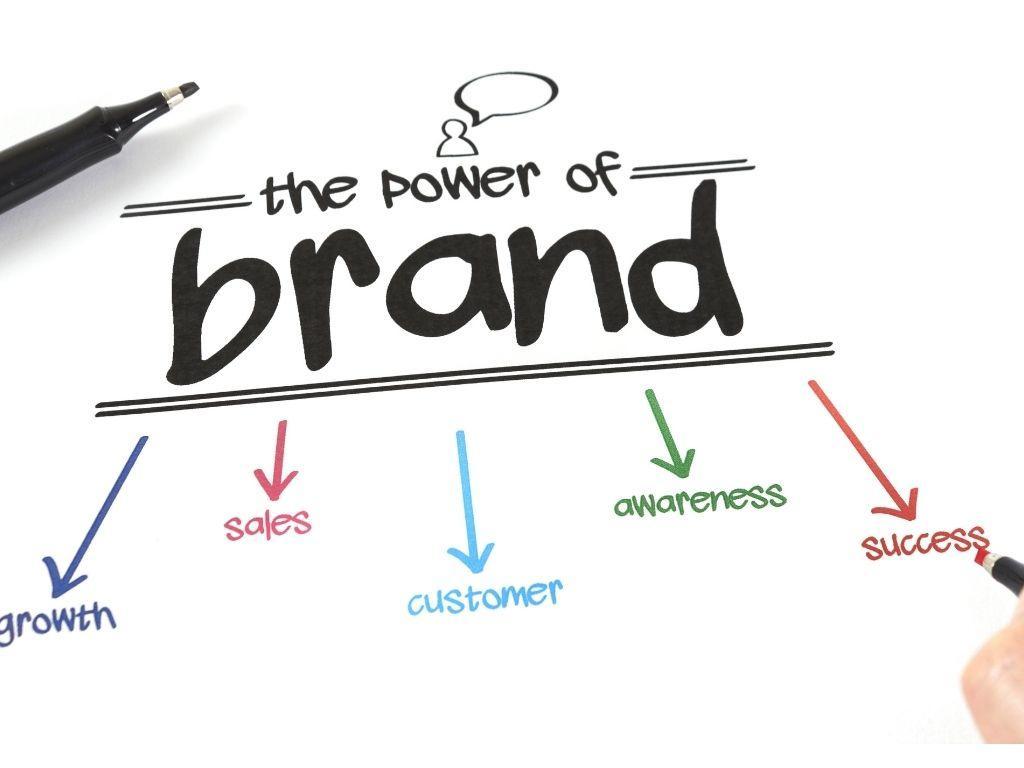
What Is Brand Recognition?
Think about it: if someone shows you a bitten apple, you immediately think of Apple. If you see golden arches in the distance, you know McDonald’s is nearby. And if a soda can is red with a white script, chances are it’s Coca-Cola. This is what we call brand recognition.
Brand recognition is when people identify your brand just by seeing its visual elements or hearing something associated with it like a logo, colors, slogan, packaging, or even a specific sound. They don’t need to read your name or see a full ad, they just know its you.
Why Is Brand Recognition Important?
Imagine walking down a busy street. You’re hungry. Suddenly, you spot golden arches in the distance and before you even think, your brain goes: McDonald’s! You don’t need to read the sign. You just know it’s them. That’s brand recognition in action.
And here’s the best part: it works like magic for businesses. When people recognize your brand instantly, they’re more likely to:
- Trust You: If they’ve seen you before, they assume you’re legit.
- Buy From You: Familiarity breeds confidence, and confidence leads to sales.
- Recommend You: When people recognize and trust a brand, they naturally tell others about it. More referrals mean more business!
Here are a few benefits of brand recognition:
Brand Recognition Makes Marketing 100x Easier
Let’s face it: getting people’s attention is tough these days. Everyone’s scrolling, skipping ads, and ignoring marketing messages. (No offence because there are literally tons of marketing messages; it’s borderline exhausting to even scroll throught them all). But if your brand is already recognizable, half of your work is done.
Think about it:
- You see a swoosh on a shoe, and instantly, you know it’s Nike.
- You hear a bubbly sound followed by a fizzy gulp, and your brain screams Coca-Cola.
- You spot a bitten Apple logo on a laptop, and you know it’s a MacBook.
You don’t need extra convincing because you already associate these brands with quality and trust. That’s the power of recognition it removes hesitation and speeds up decision-making.

It Gives You A Competitive Edge
Let’s say you’re choosing between two coffee shops. One has a familiar logo you’ve seen on Instagram a hundred times and the other? You’ve never heard of it. Which one are you likely to buy from? The one you recognize, right?
This is exactly why strong brand recognition beats competitors, even if they have similar products. People prefer what feels familiar, so if they recognize your brand, they’re more likely to choose you over someone else.
It Turns Customers into Fans (and Fans Into Free Marketers!)
Have you ever noticed how people love wearing branded merch from companies like Nike, Gucci, or LV? That’s because they don’t just recognize the brand but they feel connected to it. When people recognize and love your brand, they:
- Wear your logo proudly (free advertising!)
- Share your brand on social media (more exposure!)
- Stick with you for years (hello, loyal customers!)
You get free marketing, and your customers feel like they’re part of something bigger. It’s a win-win!
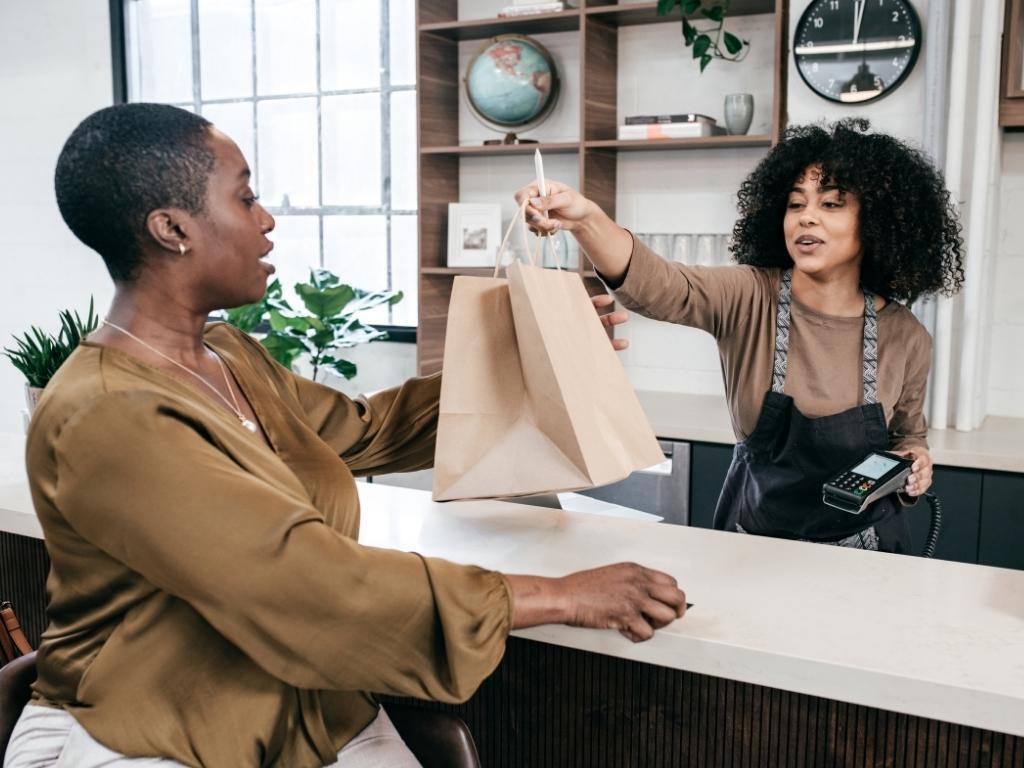
Brand Recognition Vs. Brand Awareness – What’s the Difference?
A lot of people mix up brand recognition and brand awareness, but they’re not the same thing. They are two different stages in the journey of making your brand unforgettable.
Brand Awareness = People Know You Exist
This is step one. Brand awareness is when people have heard of your business but may not fully recognize or understand it yet. It’s like when you hear a new restaurant’s name for the first time. You might not know what they serve, what their logo looks like, or why people love them, but now that the name is in your head, you’re at least aware they exist.
For example:
If you tell a friend, “Hey, have you heard of Tesla?” and they say yes, that’s brand awareness. They know the company exists, even if they don’t know what Tesla does.
Brand Recognition = People Instantly Identify Your Brand
This is the next level. Brand recognition happens when people don’t just know your name but they can spot your brand instantly just by seeing a logo, hearing a sound, or even noticing certain colors. It’s that moment when someone sees a sleek electric car with a futuristic design and immediately thinks, “That’s a Tesla!” without even checking the badge.
Why Does This Distinction Matter?
Both brand awareness and brand recognition are important, but recognition is where the real power lies. If people only have awareness, they might forget your brand quickly. But if they recognize your brand instantly, it sticks in their minds and that’s what makes them choose you over competitors.
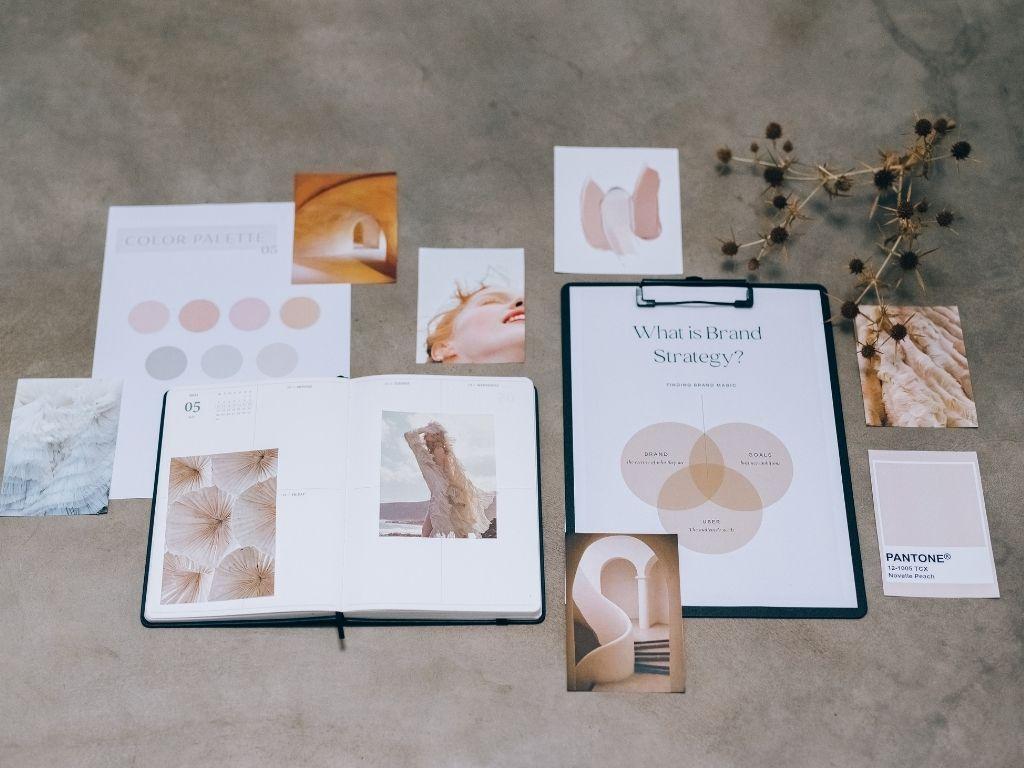
Key Elements of Strong Brand Recognition
Brand recognition doesn’t just happen overnight. It’s built through consistent branding, smart marketing, and creating an experience people won’t forget. Below are the essential elements that make a brand truly recognizable.
A Unique Logo And Visual Identity
Your logo is your brand’s face because it’s what people see first and what sticks in their minds. A good logo leaves a lasting impression but for a logo to be effective, it needs to be:
- Simple: Your logo should be easy to recognize at a glance. Complicated designs are hard to remember, and you don’t want to burden your audience with that.
- Memorable: Your logo should have something people won’t forget after seeing it once or twice.
- Versatile: Lastly, it should look good everywhere, on a billboard, a business card, or a tiny social media profile picture.
Examples of Unforgettable Logos:
Mastercard: You know the two overlapping red and yellow circles on cards? They are so iconic that the company removed its name from the logo in 2019 and people still recognize it worldwide!
Pro Tip: If you’re creating a brand, Arvin AI logo maker can help you make a logo of your dreams, and that too, for free!
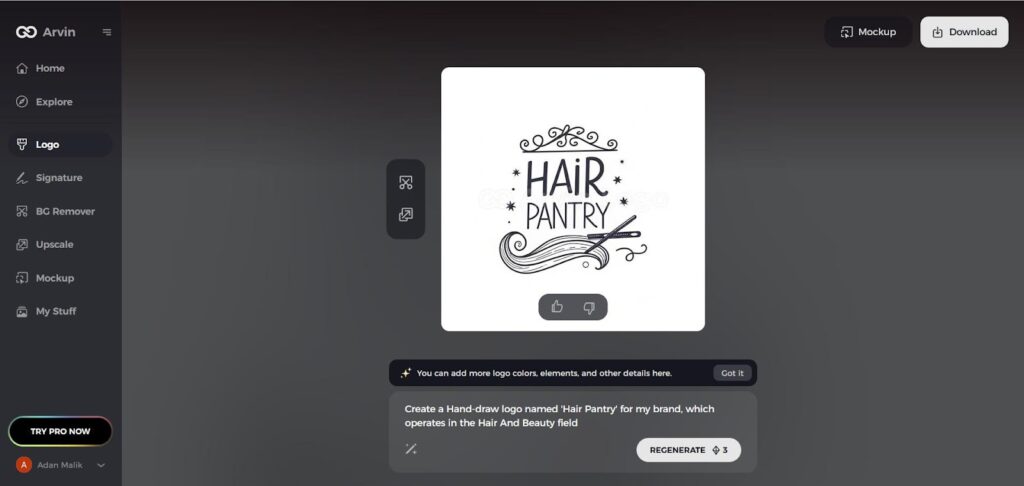
Extra Tip: Learn how to include numbers in logo and give a unique touch to your logo because nit many brands have numbers in their logo.
A Catchy Tagline Or Slogan
A great tagline is like a jingle for your brain, once it’s in there, it’s hard to forget. It tells people who you are and what you stand for in just a few words. A great tagline should be short, snappy, meaningful, and easy to say. If it’s easy to repeat, people will use it in conversation. Here are some of the most famous taglines that have stood the test of time:
Nike: Just Do It. (Three words but infinite motivation.)
McDonald’s: I’m Lovin’ It. (So catchy, it’s a song.)
L’Oréal: Because You’re Worth It. (Empowering, simple, and effective.)
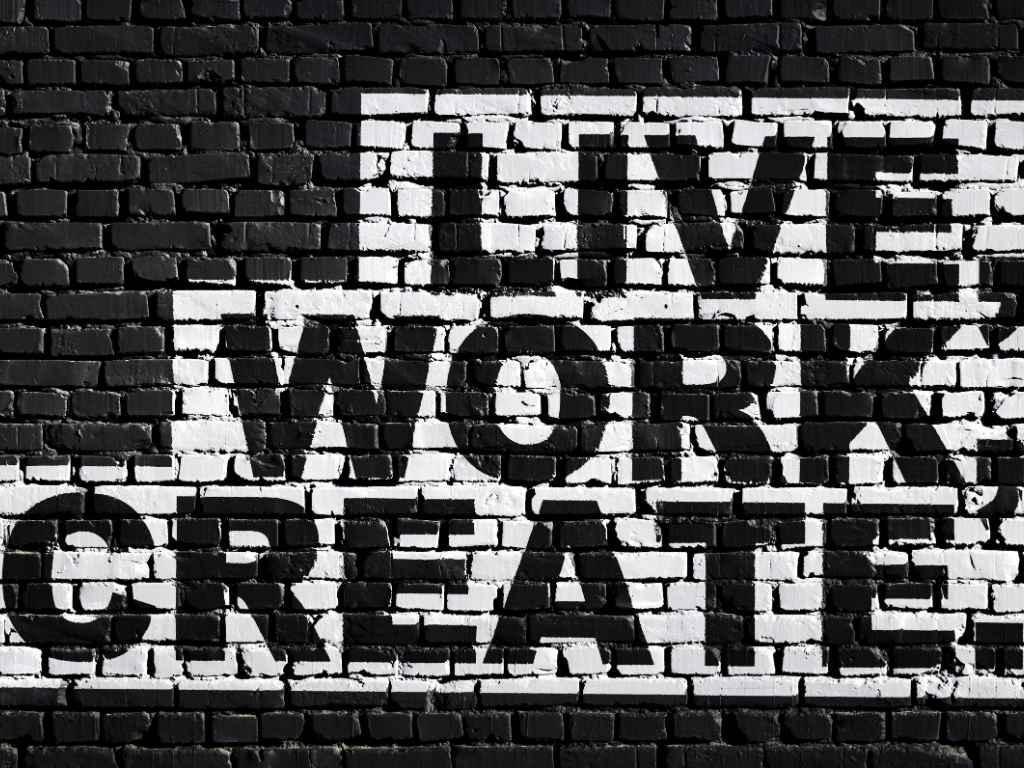
Consistent Brand Voice And Messaging
Your brand voice is how you communicate with your audience. If your brand were a person, would it be: Professional and serious? Funny and sarcastic? Friendly and helpful? Whatever tone you choose, it should be consistent across all platforms.
Why Does Consistency Matter?
Imagine you see a brand with formal, professional language on its website but uses memes and slang on social media. Confusing, right? People might not take it seriously. But you do know the giant green owl who teases you on social media every day, right? That’s Duolingo for you with their playful, sassy, and sometimes a little too aggressive content (in a fun way!). Their social media team turns language learning into a meme-filled experience, and you know they are a fun brand.
Pro Tip:
When creating content, pretend you’re talking to one specific person (your ideal customer). This makes your brand voice feel more natural and human because you will know exactly what your customer wants.
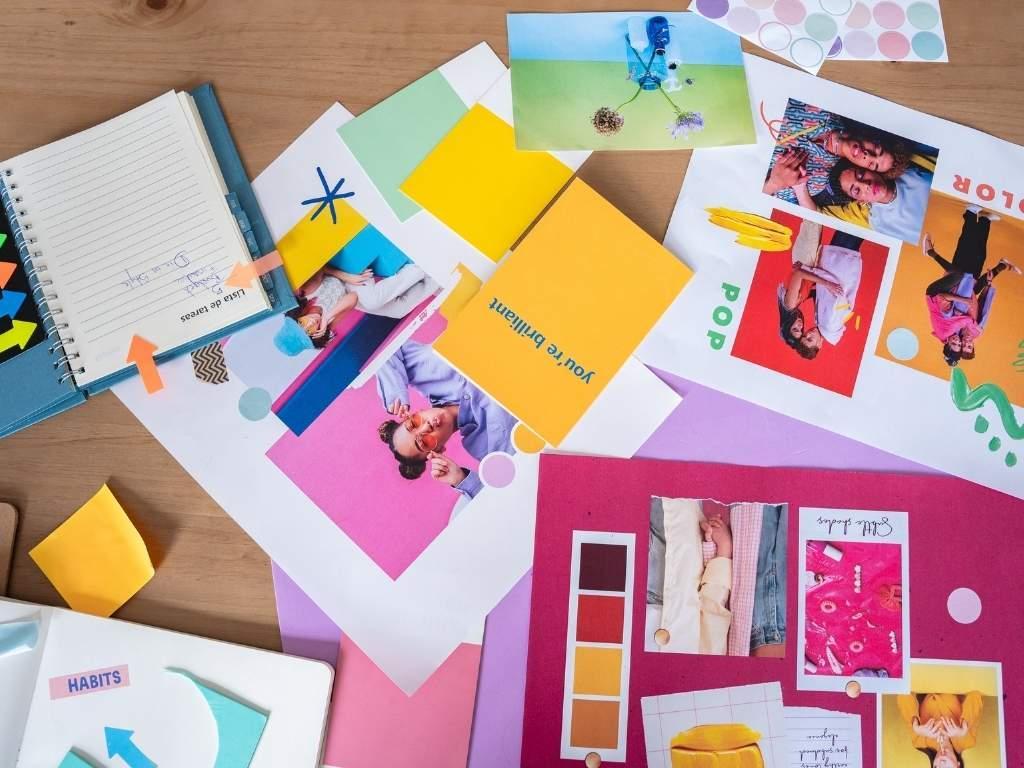
Distinctive Packaging And Product Design
Sometimes, packaging is just as powerful as a logo. You don’t always need to see a brand name to know exactly what it is.
For example:
- A red and white can? That’s Coca-Cola.
- A Tiffany blue box? That’s Tiffany & Co.
- A matte black phone with three cameras? Probably an iPhone.
Strong packaging helps people notice it even before they see your logo. In a sea of competitors, unique packaging can make you memorable and also create a memorable experience. Think about how luxurious it feels to unbox an Apple product.

A Memorable Jingle, Sound, Or Catchphrase
Ever heard a sound and instantly thought of a brand? That’s audio branding, and it’s just as powerful as visuals. For example:
- Netflix’s “Tudum” sound: You hear it, and you’re ready to binge-watch.
- McDonald’s “Ba-da-ba-ba-ba, I’m Lovin’ It”: Stuck in your head forever.
- Intel’s signature startup sound: It plays, and you know it’s Intel.
Pro Tip:
If you’re in an industry where audio matters (like podcasts, radio, or YouTube), consider creating a unique sound or catchphrase that sticks with your audience. However, if you’re a startup with a limited budget, your logo should be your first choice and you can figure out the rest as you go.
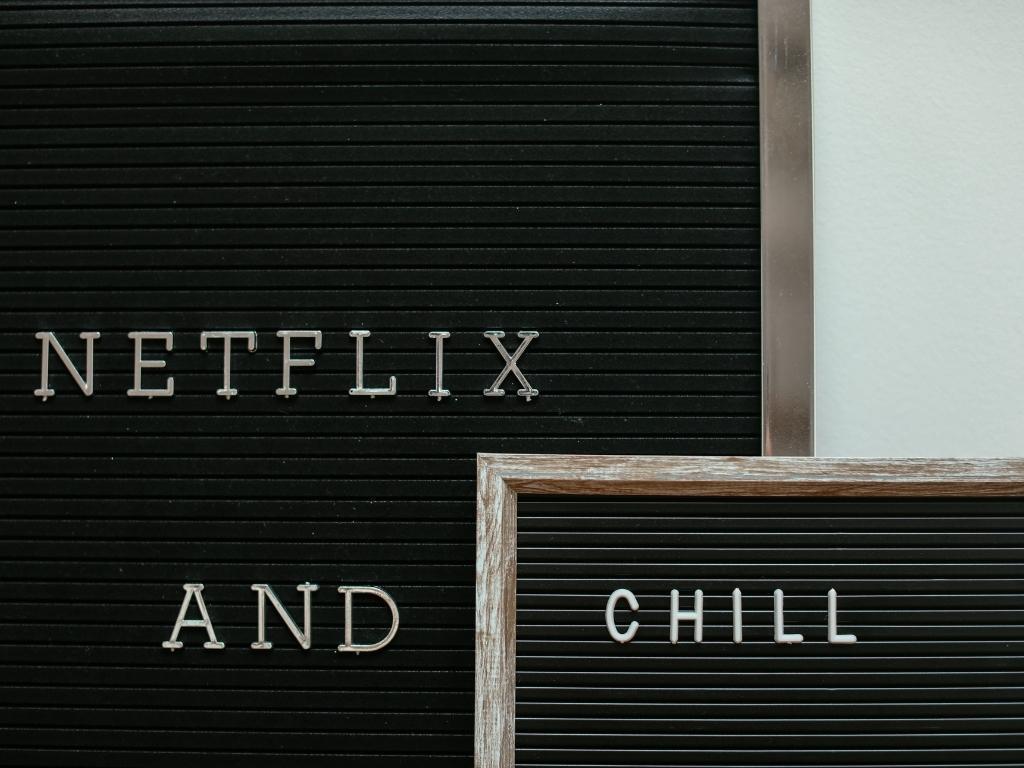
A Strong Social Media Presence
If your brand isn’t on social media, does it even exist? (Okay, maybe that’s dramatic, but you get the point.) Social media helps build brand recognition faster than ever because millions of people use it daily. If you’re lucky and any of your reels go viral, it can boost your visibility overnight. Plus, it’s the easiest way to engage with customers in real time.
Examples of brands killing it on social media:
- Wendy’s: Roasting people on Twitter and going viral.
- Huda Beauty: From bold product launches to ultra-engaging social media, Huda Beauty has built a brand that feels personal, luxurious, and highly relatable.
- Ryanair: Ryanair isn’t your typical airline brand. Instead of using polished, professional marketing, they go full savage mode on social media by roasting competitors, making fun of customers, and embracing their budget airline identity.
Pro Tip: If you’re a business page, be consistent with your visuals (colors, fonts, and imagery) across platforms. Your Instagram shouldn’t look totally different from your website!
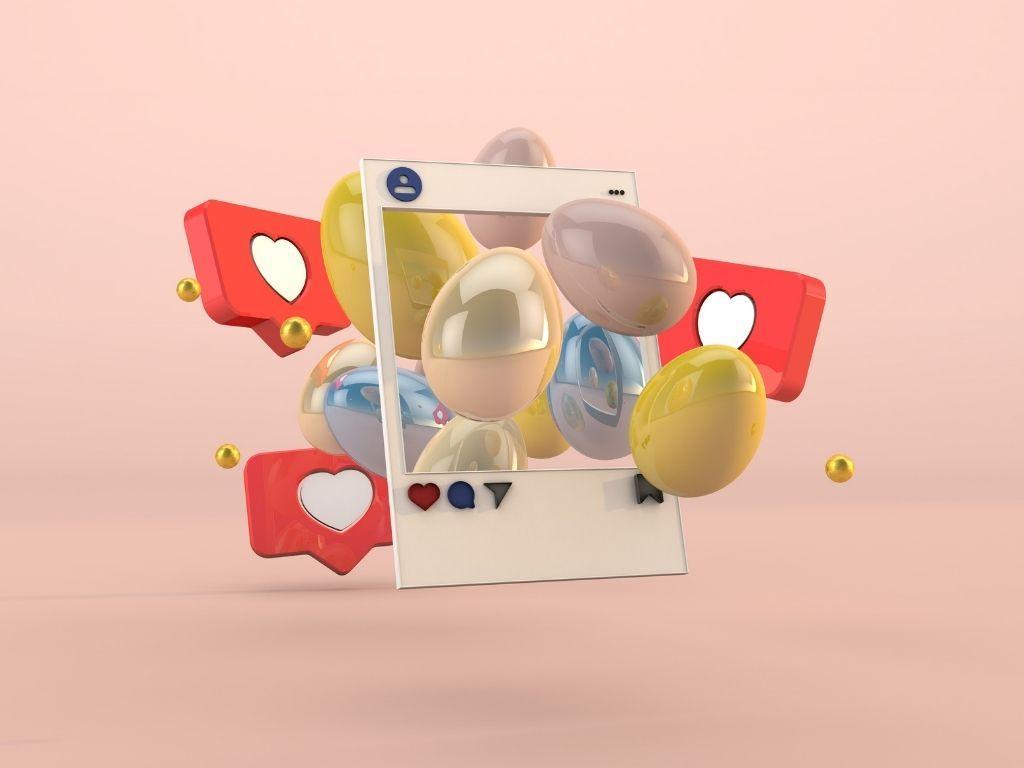
Customer Experience And Word-of-Mouth
Finally, let’s not forget the most powerful marketing tool of all: happy customers. If people love your brand, they’ll tell their friends about you (word-of-mouth marketing is priceless), leave positive reviews (which boosts credibility), and post about you on social media (hello, free advertising!).
Have you ever noticed how people flex their Starbucks cups in Instagram selfies? That’s not an accident but it’s brand recognition at its finest. So the bottom line is that if your customers love their experience with your brand, they become your best marketing tool.
How To Measure And Improve Brand Recognition
So, you’ve put in the work; your brand has a logo, a catchy name, and a solid presence. But how do you know if people actually recognize it? That’s where tracking and improving brand recognition come in. Let’s talk more about it:
How To Measure Brand Recognition
Measuring brand recognition isn’t about guessing but it’s about real data and consumer insights. If you want to know whether people remember your brand, you need to check a few key areas:
Social Listening
Have you ever wondered what people are saying about your brand online? Social listening tools like Brandwatch or Sprout Social track brand mentions hashtags, and even sentiment. If people are talking about you (positively or negatively), your brand is making an impact. If they’re silent? Well, that’s a red flag and you might need to increase visibility.
Google Trends And Search Volume
Type your brand name into Google Trends and see if interest is rising or falling. If more people are searching for you, it’s a sign that your brand is sticking in their minds. Another way to check? Look at your website analytics and if you see a surge in branded searches (searches that include your brand name), that’s proof people recognize you.
Customer Surveys
Sometimes, the best way to find out if people recognize your brand is to just ask them. A simple survey with questions like, “Have you heard of [Brand Name] before?” or “Which of these brands do you recognize?” can give you a direct look at how well your brand is known. You can even ask customers about brands in your industry without giving them a list and see if they mention yours.
Engagement And Brand Mentions
Do people tag you on social media? Are influencers using your products without you asking them? If your brand naturally appears in conversations, you’re doing something right.
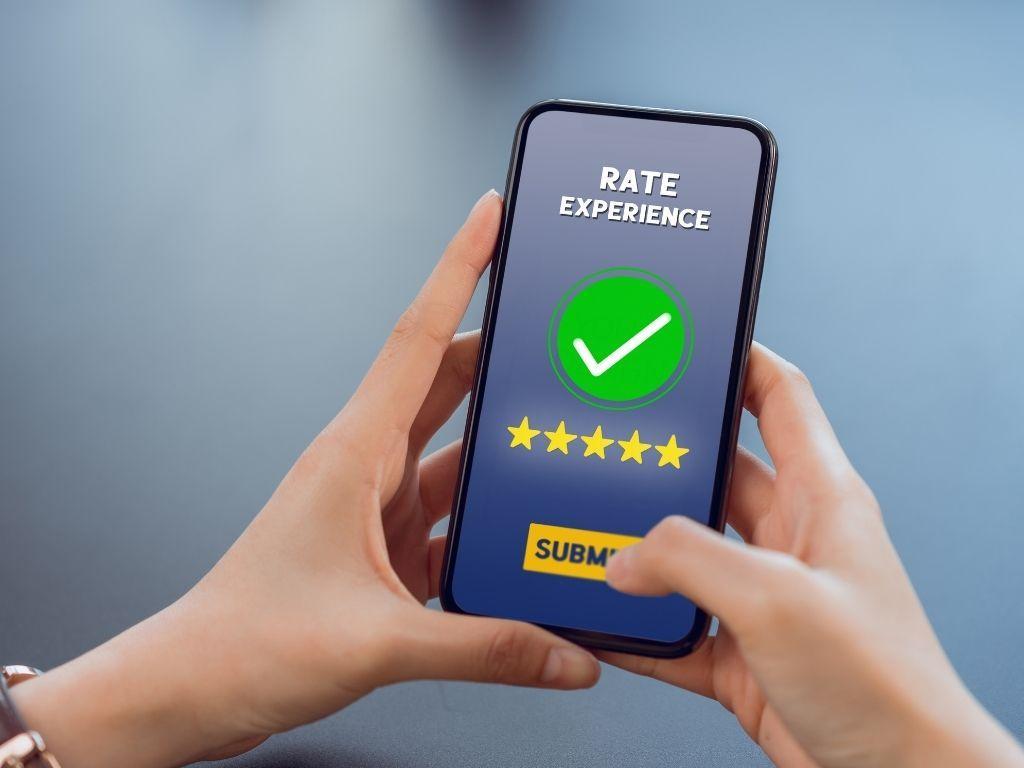
How To Improve Brand Recognition
If your brand isn’t as recognizable as you’d like, don’t panic. The good news? You can change that and here’s how:
Get Loud on Social Media:
If you want people to recognize your brand, you have to show up consistently. That means regular posting, engaging with followers, and jumping on trends. A brand like Duolingo wouldn’t be half as famous if it weren’t for its chaotic and hilarious TikTok presence. The key? Be consistent and add personality to your content.
Pro Tip: Use hashtags relevant to your business in your posts to increase your chances of visibility. Let’s say you run a travel agency so use travel hashtags in your posts, in your bio, etc to let people know you work in this industry.
Create A Brand Personality:
Think of the brands you love like Nike, Wendy’s, and Apple. What do they have in common? A clear and strong personality. Whether you choose to be bold and sassy (like Ryanair) or luxurious and empowering (like Huda Beauty), make sure your brand has a distinct voice that people remember.
Repetition Is Key:
People don’t remember brands they see once. They remember the ones they see all the time. That means running retargeting ads, collaborating with influencers, using the same colors and fonts everywhere, and making sure your brand sticks. Ever noticed why McDonald’s uses red and yellow in everything? That’s not an accident but it’s branding psychology in action.
Leverage Influencers And Word Of Mouth:
People trust recommendations more than ads. Getting influencers or happy customers to talk about your brand naturally builds recognition way faster than running ads alone. Just think about how many skincare brands you’ve discovered through influencers instead of commercials!
Tell A Story
Facts tell, but stories sell. People remember brands with great storytelling and if your brand has an inspiring backstory, a strong mission, or just a fun way of engaging customers (like Wendy’s Twitter roasts), use it! Storytelling makes your brand feel human, and humans are way easier to remember than faceless corporations.
FAQS About Brand Recognition
Here are a few of the most frequently asked questions about brand recognition:
What are the 5 stages of brand recognition?
Brand recognition develops in stages, and businesses move through these as they grow:
- Brand Rejection:
When customers actively avoid a brand due to bad experiences, negative reviews, or poor reputation.
- Brand Non-Recognition:
The brand exists, but people don’t recognize it yet. This is common for new businesses.
- Brand Recognition:
People start recognizing the brand’s logo, name, or slogan, but they may not have a strong preference for it yet.
- Brand Preference:
Customers begin choosing the brand over competitors because they associate it with positive experiences.
- Brand Loyalty:
The ultimate goal! Customers trust the brand so much that they refuse to switch to another, even when alternatives exist.
How important is brand recognition?
Brand recognition is extremely important because it helps businesses stand out, build trust, and attract loyal customers. The more familiar people are with your brand, the more likely they are to buy from you instead of competitors. It also helps with word-of-mouth marketing, social media engagement, and even pricing power because well-known brands can often charge more simply due to their reputation.
Can brand recognition lead to higher sales?
Yes! When people recognize and trust your brand, they’re more likely to choose you over competitors. A well-recognized brand has built-in credibility, making it easier to attract customers and even charge premium prices. That’s why companies like Nike and Apple don’t just sell products; they sell status and trust, which ultimately drives more sales.
Can rebranding hurt brand recognition?
Rebranding can be a huge risk, especially if a brand already has strong recognition. If the changes are too drastic, customers may not recognize or trust the new branding. However, when done strategically like Instagram evolving from Burbn or Dunkin’ Donuts shortening to Dunkin’, it can actually improve recognition by making the brand more relevant.
Does SEO help improve brand recognition?
Yes! When people see your brand popping up on Google searches, it reinforces recognition. Ranking high for relevant keywords means more exposure, and the more people see your brand name in search results, the more they associate you with your industry.
Take Home Message
Brand recognition isn’t just about logos and colors but it’s about creating a lasting impression in people’s minds. From understanding the different stages of brand recognition to learning how big names like Huda Beauty and Ryanair built their presence, we’ve covered everything you need to make your brand stand out. The key takeaway? Consistency, visibility, and personality matter.Whether you’re a small business or a growing company, the more familiar people are with your brand, the more likely they are to trust and choose you over competitors. And if you’re just starting out or looking to refresh your brand’s look, a strong logo is the first step. Your logo is the face of your brand because it’s what people recognize first. That’s where Arvin AI Logo Maker comes in. It helps you design a professional, eye-catching logo in minutes, so you can start building brand recognition right away. So why wait? Try Arvin AI Logo Maker today and create a brand identity that sticks!

